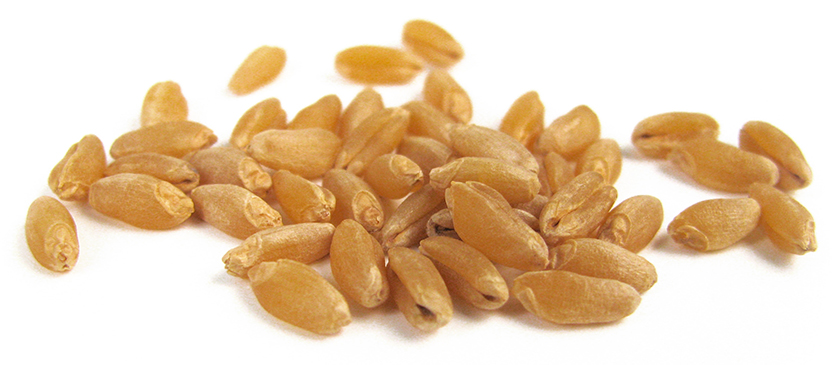Happy World Pasta Day! What a perfect day for U.S. Wheat Associates (USW) to share an overview of the 2018 U.S. Northern Durum and Desert Durum® crop quality results. Analysis shows the Northern durum crop is sound with high protein and excellent kernel characteristics. Vitreous kernel count and average kernel size are high and quality is balanced across the region. Desert Durum® production is down this year, though the 2018 crop will deliver the valuable milling, semolina and pasta quality traits that customers have learned to expect and appreciate.
Here is a summary of test results for Northern durum and Desert Durum®. As always, USW reminds buyers to be diligent with contract specifications to ensure they receive the quality they need.
Northern Durum
Weather and Harvest: A favorable growing season pushed yields to near record levels; production was up almost 60 percent compared to 2017. As with the hard red spring crop, mid-season rain boosted crop conditions and yield potential. Harvest was complete in most areas by late September.
Wheat and Grade Data: The crop average grade is U.S. No. 1 Hard Amber Durum (HAD) with average test weight of 61.4 lbs/bu (79.9 kg/hl) and average total kernel defects of 1 percent. The average vitreous kernel content is 90 percent, up from both last year and the 5-year average, with more than half of the crop above 90 percent vitreous compared to 45 percent in 2017.
Regional average protein is 14.5 percent on a 12 percent moisture basis (12% mb), equal to 2017 and slightly above the 5-year average. The crop average thousand kernel weight (TKW) is 41.2 g, the heaviest in six crop years, and the percent of large kernels is notably higher than a year ago. The average falling number is 425 sec. Although disease pressure was slightly higher in 2018 compared to 2017, DON was undetectable or <0.5 ppm in the samples analyzed.
Semolina and Processing Data: The Buhler laboratory mill average total extraction of 74 percent and semolina extraction of 69.3 percent are both higher than last year and the 5-year averages. The milled product ash and speck counts are also higher than last year and the 5-year averages. The gluten index average is 57.1 percent compared to 86.3 percent in 2017. Last year’s drought conditions supported exceptionally high gluten index values, while the 2018 values are more typical.
Semolina and cooked spaghetti evaluations show similar semolina color values to a year ago, but lower dry pasta color. Mixing properties are slightly weaker and cooked firmness values are similar to the 5-year averages. The higher extraction levels and higher ash levels on the Buhler lab mill may have contributed in part to the lower color scores on the dry pasta. Evaluation of the cooked spaghetti shows slightly lower firmness than 2017, but higher than the 5-year average.
Desert Durum®
Wheat and Grade Data: In 2018, the average grade is No. 1 Hard Amber Durum (HAD). Test weight average was 62.8 lbs/bu (81.8 kg/hl). The average vitreous kernel content (HVAC) is 98.0 percent, a high average typical of Desert Durum®. Average damaged kernels are 0.2 percent and total defects are 0.6 percent. Desert Durum® is characterized by its kernel low moisture content, and this year’s average was 6.7 percent. Protein content average was 13.4 percent (12% mb).
Semolina and Processing Data: The semolina b* value was 30.5, similar to 2017 b* value of 30.9. Wet gluten of 32.3 percent and gluten index of 75 percent. Semolina Mixograph score was 8 and Alveograph W value was 231 (10-4 Joules), both of which indicate high strength. Pasta color b* value was 44 and score was 9.6. Pasta cooked firmness was 6.9, significantly higher than 2017.
View the full report for Desert Durum® here.
View the full report for San Joaquin Valley Durum here.
View the full report for Sacramento Valley Durum here.



